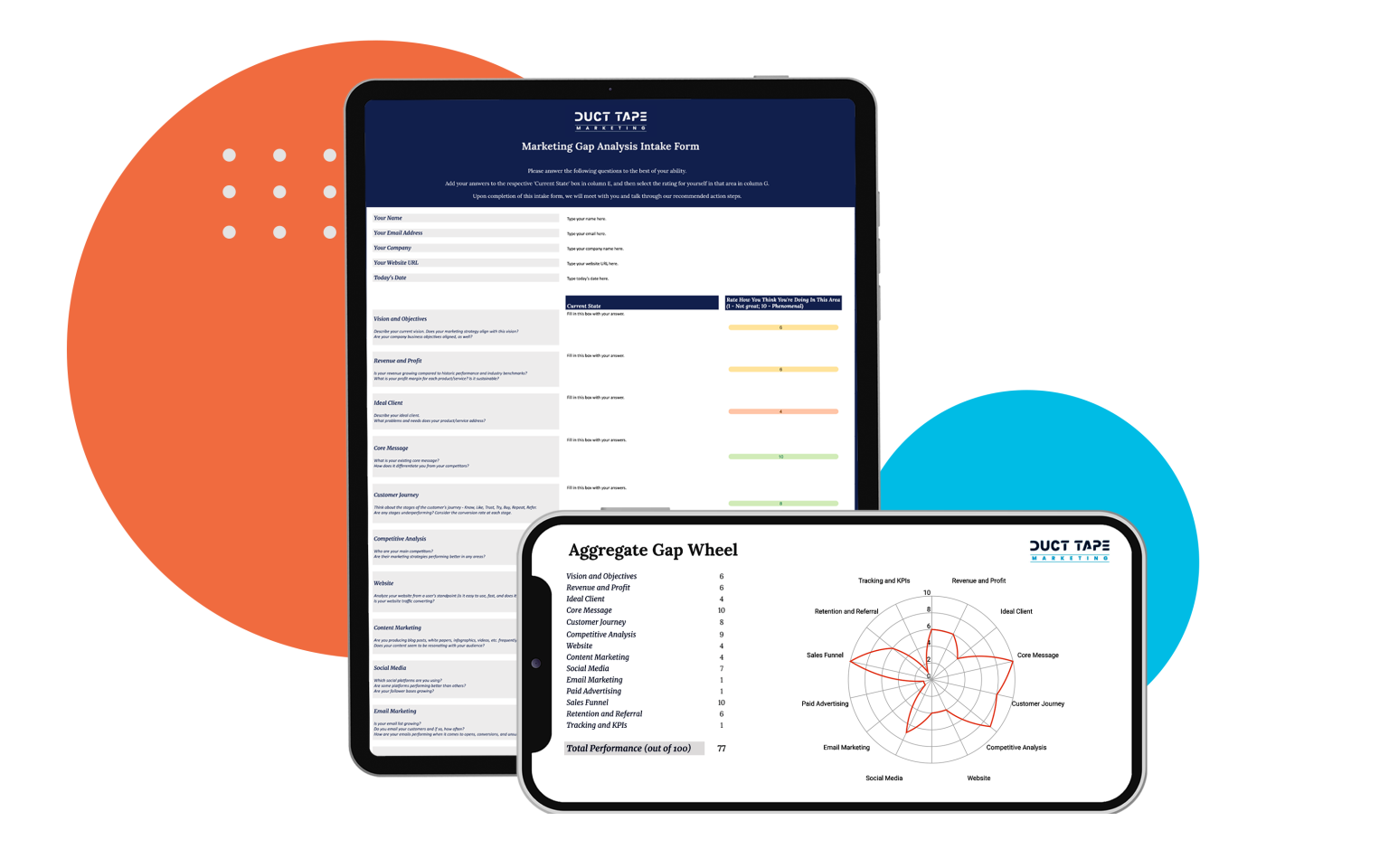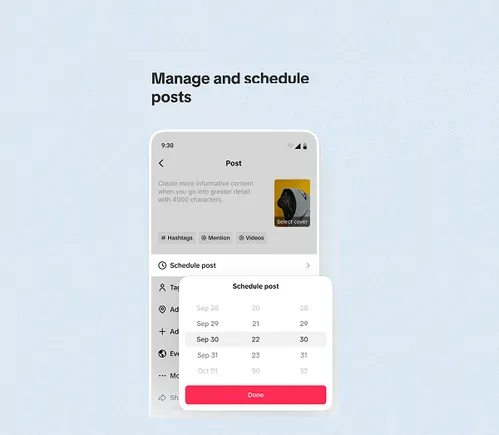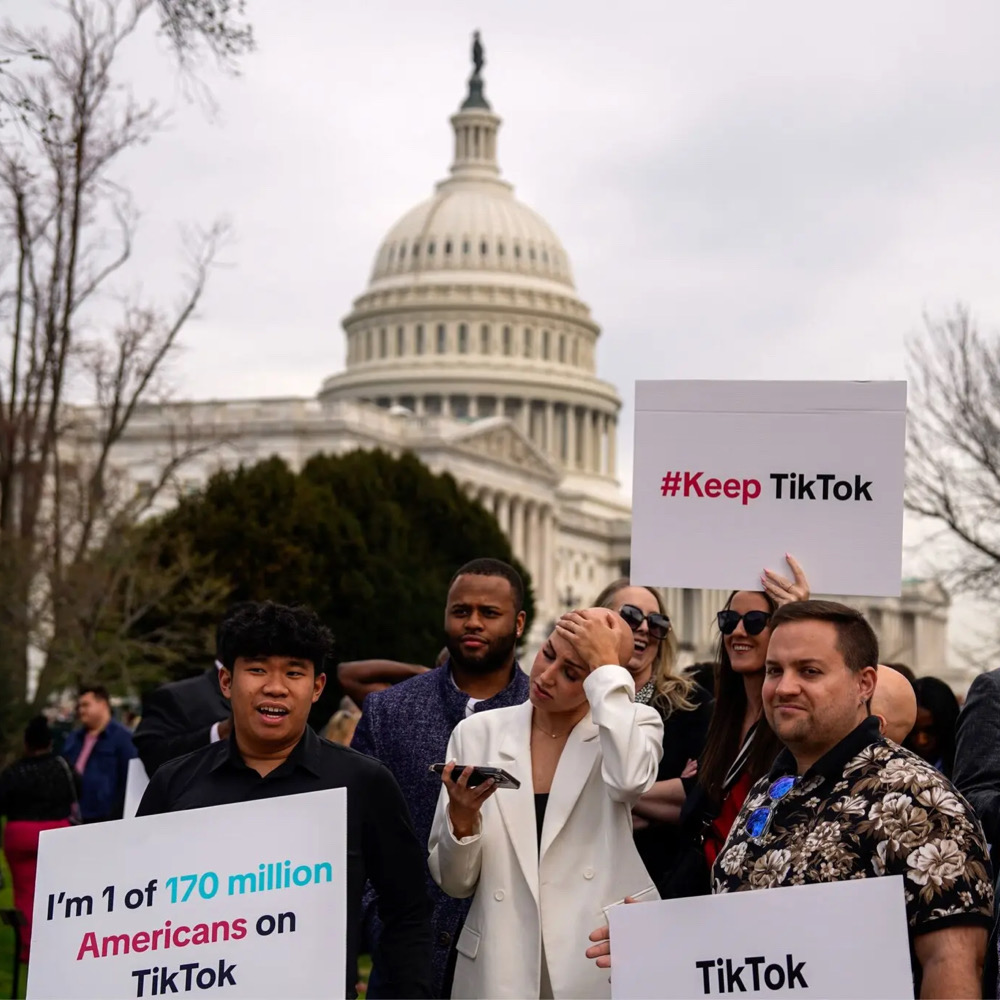TikTok’s taking more action to address scammers in the app, with the launch of a new scam prevention element within its “Wellness Hub” for users in South East Asia.

Launched in partnership with the Ministry of Home Affairs in Singapore, as well as the Singapore Police Force, the hub, at this stage, is specifically aimed at Singaporean users, and providing them with resources and knowledge to identify and avoid scams.
As explained by TikTok:
“With the Scam Prevention Edition, the Hub will contribute to local scam education and reinforce MHA’s anti-scam ACT (Add, Check, Tell) framework to translate anti-scam awareness into actions. The Edition is an extension of educational resources available on the Digital Wellness Hub, which was launched in 2022 and anchors all of TikTok’s initiatives around mental wellbeing, cyber wellness, user safety and more.”
This has become a much bigger element of focus for TikTok, as it continues to advance its in-app shopping push, with users in Asian markets now increasingly looking to make purchases in the app.
The same hasn’t caught on with Western users as yet, as TikTok struggles to gain traction for its in-stream shopping push outside of China, where in-app shopping is now the biggest revenue stream for the local version of the app. But other Asian markets are taking up more of the platform’s shopping opportunities, which presents significant revenue potential for the app, so long as users continue to have a good experience, and don’t get duped out of their money by scammers posting as legitimate sellers in-stream.
Which is why this new anti-scam element is important, and as TikTok continues to invest in the region, you can expect to see the hub expanded to more markets where it is seeing take-up of its in-stream shopping tools.

The new scam hub is an extension of TikTok’s Digital Wellness Hub, which it launched for all users back in 2021. Now, as it continues to develop its eCommerce options, the platform’s expanding its support tools into more areas, in order to maximize awareness and protection, and ensure that people don’t get duped by scams designed to steal their money in the app.
It’s hard to say whether TikTok’s commerce tools will catch on in Western regions, but thus far, they don’t seem to have resonated outside of Asia, which could reflect differing attitudes to shopping, evolving regulations, etc.
Either way, if TikTok wants to encourage more in-app shopping, scammers need to remain a key enforcement focus, and you can expect to see this initiative expand into more regions as a result.
























































![Social Media Spring Cleaning [Infographic] Social Media Spring Cleaning [Infographic]](https://imgproxy.divecdn.com/9e7sW3TubFHM00yvXe5zvvbhAVriJiGqS8xmVFLPC6s/g:ce/rs:fit:770:435/Z3M6Ly9kaXZlc2l0ZS1zdG9yYWdlL2RpdmVpbWFnZS9zb2NpYWxfc3ByaW5nX2NsZWFuaW5nMi5wbmc=.webp)
![5 Ways to Improve Your LinkedIn Marketing Efforts in 2025 [Infographic] 5 Ways to Improve Your LinkedIn Marketing Efforts in 2025 [Infographic]](https://imgproxy.divecdn.com/Hv-m77iIkXSAtB3IEwA3XAuouMwkZApIeDGDnLy5Yhs/g:ce/rs:fit:770:435/Z3M6Ly9kaXZlc2l0ZS1zdG9yYWdlL2RpdmVpbWFnZS9saW5rZWRpbl9zdHJhdGVneV9pbmZvMi5wbmc=.webp)













